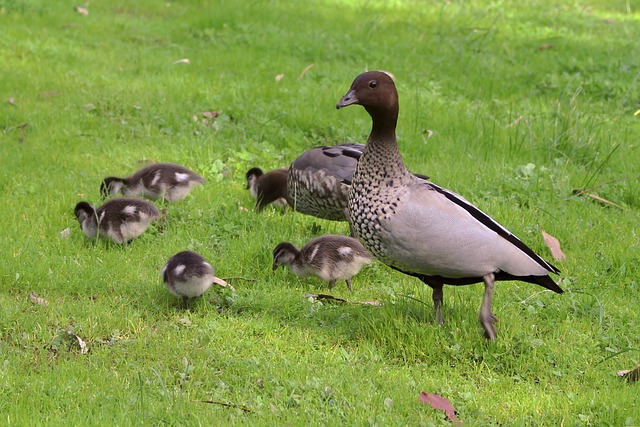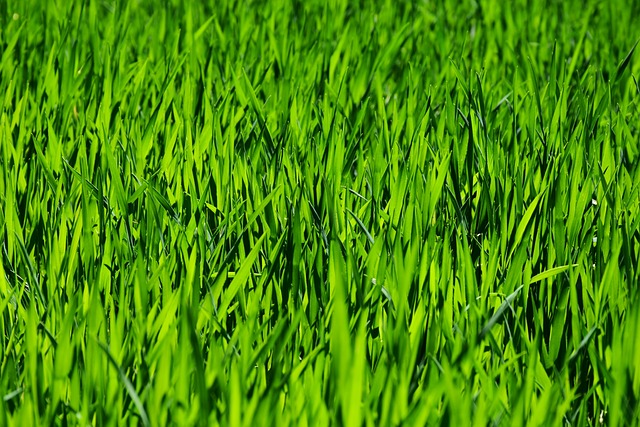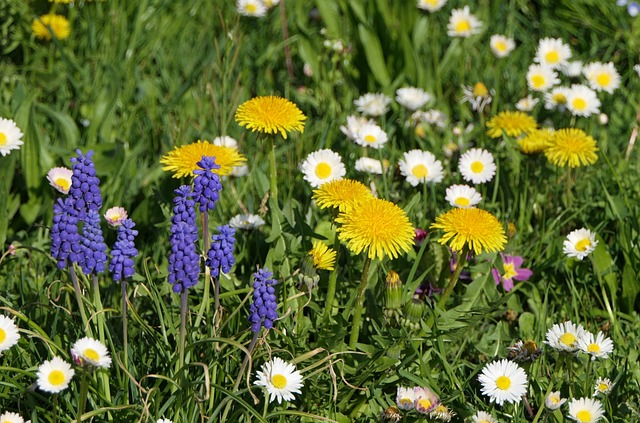Mastering Lawn Care and Landscaping: Expert Turf Management Techniques for Vibrant Spaces
Lawn Care and Landscaping involve a sophisticated blend of scientific knowledge and practical applic…….

Lawn Care and Landscaping involve a sophisticated blend of scientific knowledge and practical application to maintain healthy turf. A solid regimen encompasses understanding soil health, selecting appropriate grass types, and tailoring care to local climate conditions. Essential practices include soil testing, adjusting pH levels, optimizing mowing height, and setting irrigation schedules to support robust growth and root development. Aesthetic and functional design in landscaping is key for protecting turf from wear while enhancing its appearance, with careful placement of plants and features serving as natural barriers and windbreaks. Xeriscaping principles are also used to conserve water without compromising lawn moisture needs, ensuring year-round lushness. Advanced techniques like precision nutrition provide tailored fertilization based on detailed soil analysis, promoting both optimal turf growth and environmental health. Integrated Pest Management (IPM) is another cornerstone of modern turf maintenance, employing preventative measures to control pests and diseases responsibly. This approach not only preserves the turf but also supports the broader ecosystem and user safety. Professionals skilled in these areas are crucial for maintaining both the aesthetic appeal and sustainability of green spaces across residential, commercial, and public domains, ensuring that turf areas contribute positively to community well-being and environmental health through biodiversity support and sustainable landscaping practices. Lawn Care and Landscaping professionals uphold high standards in both maintaining visual appeal and adhering to ecological stewardship principles.
Embarking on a journey into the intricate world of turf management, this article delves into the essentials of lawn care and landscaping. It provides an in-depth exploration of the fundamentals that underpin a thriving turf, including soil health, grass varieties, and irrigation systems. Subsequently, it unravels advanced techniques in turf management, highlighting strategies for fostering optimal growth and aesthetic appeal. Furthermore, the critical role of professional turf managers is examined, emphasizing their contributions to maintaining the lushness and functionality of both public and private spaces. Whether you’re a seasoned groundskeeper or a homeowner passionate about lawn care and landscaping, this article offers valuable insights to enhance your turf management skills.
- Understanding the Fundamentals of Lawn Care and Landscaping for a Thriving Turf
- Advanced Techniques in Turf Management: Strategies for Optimal Growth and Aesthetics
- The Role of Professional Turf Managers in Maintaining Public and Private Spaces
Understanding the Fundamentals of Lawn Care and Landscaping for a Thriving Turf

Effective turf management begins with a solid grasp of lawn care and landscaping fundamentals. A thriving turf requires a comprehensive approach that considers soil health, grass selection, and climate conditions. Soil testing and amendment are critical for optimal nutrient availability; pH levels should be adjusted to support the specific needs of the chosen turfgrass species. Regular mowing at the correct height promotes healthy growth and root development, while proper watering practices prevent both under- and over-watering issues that can lead to turf stress or disease.
In addition to these foundational practices, landscaping design plays a significant role in maintaining a lush, resilient lawn. Strategic layout and thoughtful placement of plants and features not only enhance the aesthetic appeal but also contribute to the overall health of the turf by creating natural barriers against wind and foot traffic. Integrating xeriscaping elements can reduce water usage while ensuring that the turf receives sufficient hydration. By combining these lawn care and landscaping strategies, homeowners and professionals alike can achieve a healthy, vibrant turf that stands up to environmental challenges and brings beauty to any outdoor space. Understanding these principles is key to successful turf management and maintaining a lush, green landscape throughout the seasons.
Advanced Techniques in Turf Management: Strategies for Optimal Growth and Aesthetics

Turf management has evolved significantly over the years, incorporating advanced techniques that ensure optimal growth and aesthetic appeal for lawns and landscapes. Modern turf management strategies are not solely about maintenance; they encompass a holistic approach that integrates scientific principles with practical applications to foster healthy, resilient turf. One such technique is precision nutrition, which involves analyzing soil samples to determine precise fertilization needs, ensuring that grass receives the correct balance of nutrients for vibrant growth. This approach minimizes waste and promotes environmental stewardship by avoiding over-fertilization, a common issue that can harm ecosystems.
In addition to precision nutrition, integrated pest management (IPM) is another critical strategy in modern turf care. IPM focuses on the prevention of pests and diseases through environmentally sensitive practices. By monitoring turf conditions and identifying potential issues early, professionals can implement less hazardous pest control methods, such as biological controls or eco-friendly chemicals when necessary. This proactive approach not only maintains the health of the turf but also protects the surrounding environment and the well-being of those who use the lawn. Lawn Care and Landscaping professionals skilled in these advanced techniques ensure that turf areas are both beautiful and sustainable, catering to the diverse needs of homeowners, sports fields, and public spaces.
The Role of Professional Turf Managers in Maintaining Public and Private Spaces

Professional turf managers play a pivotal role in the maintenance of both public and private green spaces, ensuring that lawns and landscapes across various settings are healthy, aesthetically pleasing, and sustainable. Their expertise encompasses a wide range of tasks including soil analysis, irrigation systems management, pest control, and grass variety selection tailored to local environmental conditions. These professionals are adept at identifying the specific needs of different turf types, applying precise amounts of fertilizers, and employing advanced mowing techniques to promote optimal growth and resilience in the turf.
In public spaces such as parks, sports fields, and city gardens, the work of turf managers is particularly visible. They are responsible for managing large areas that receive heavy use and exposure, which requires a nuanced approach to lawn care and landscaping. Their efforts not only enhance community well-being by providing clean, safe, and attractive spaces but also contribute to biodiversity and environmental health through careful selection of plants and sustainable practices. Similarly, in private settings like residential yards and commercial properties, turf managers ensure that these areas reflect the high standards of their owners, often utilizing eco-friendly methods to maintain lush, green landscapes that are both beautiful and environmentally responsible.
Effective turf management is a cornerstone of maintaining healthy, vibrant landscapes. This article has delved into the critical aspects of lawn care and landscaping, highlighting the advanced techniques in turf management that contribute to optimal growth and aesthetics. Professionals play an indispensable role in the upkeep of both public and private spaces, ensuring they remain lush and welcoming. By understanding the fundamentals outlined herein and applying the sophisticated strategies discussed, one can achieve and sustain lawns of exceptional quality. Lawn Care and Landscaping expertise is not just a skill but an art form that requires ongoing learning and adaptation to environmental changes. For those seeking to master this craft or enhance their current knowledge, the insights provided in this article serve as a valuable resource for years to come.







